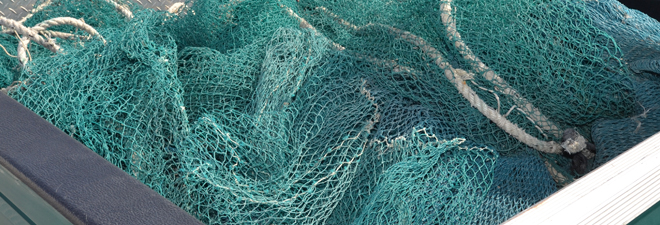
Pamlico, Pungo, Neuse, and Bay rivers closing to anchored, large-mesh gill nets
Some rivers and creeks in the central coastal area of North Carolina will close to anchored, large-mesh gill nets at 5 p.m. Thursday due to interactions with Atlantic sturgeon.
The action closes Management Unit C under the state’s Atlantic Sturgeon Incidental Take Permit, which includes the Pamlico, Pungo, Neuse and Bay rivers and their tributaries. The closure impacts all anchored, large-mesh gill nets, including those set under a Recreational Commercial Gear License.
The closure will remain in effect until Dec. 1.
This marks the first management unit closure in North Carolina resulting from interactions with Atlantic sturgeon under the incidental take permit since July 2014.
The action is required by the incidental take permit, which allows for anchored, large-mesh gill net interactions with six Atlantic sturgeon, only two of which can be dead, in Management Unit C during the fall season (Sept. 1- Nov. 30). Once the allowed interactions are approached or met, the waters must close for the remainder of the season.
As of today, N.C. Division of Marine Fisheries’ staff have observed four live and one dead Atlantic sturgeon interactions with anchored, large-mesh gill nets in Management Unit C. The figures that state officials have observed are approaching the legal limit for these kinds of interactions in Management Unit C.
For details of the closure, see Proclamation M-15-2015.
North Carolina’s estuarine gill net fishery is managed under incidental take permits for sea turtles and Atlantic sturgeon. The permits are issued to the state by the National Marine Fisheries Service.
The permits authorize limited takes of these species, listed under the federal Endangered Species Act, as part of conservation plans that divide the state’s internal coastal waters into management units. The permits require observer coverage, so that the management units are closely monitored for interactions with sea turtles and Atlantic sturgeon. An annual number of allowed interactions with each species is assigned to each gear type in each management unit. If the number of interactions is approached or met, the management unit must close for the remainder of the season or year.
For more information, contact Chris Batsavage, the division’s Protected Resources Section chief, at 252-808-8009 or 252-241-2995, or via email at Chris.Batsavage@ncdenr.gov.


